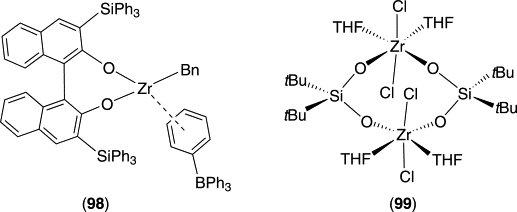Siloxane, usually referred to as a ‘behind-the-curtain ingredient, has witnessed a dramatic turnaround in the way it is perceived. Its unparalleled properties of enhanced spreadability, antifoaming capabilities and its use as a specialty additive to plastics, has given sizable traction to siloxanes over the past half of a decade. Fact.MR, in its in-depth research report on the topic, states that bundled benefits such as flexibility, abrasion resistance and heat resistance would contribute to the growth of global siloxane market to surpass US$ 25 Bn mark by 2027. The chemical industry outperformed the world equity market over the last couple of years, which creates a positive backdrop for growth of the siloxane market.
Click Here To get a Sample Report (Including Full TOC, Table & Figures):-https://www.factmr.com/connectus/sample?flag=S&rep_id=4281
Global Siloxane Market: In-Depth Assessment on Key Segments
The global siloxane market is segmented on the basis of type, application and region.
| Type |
|
| Application |
|
| Region |
|
Key Takeaways of the Global Siloxane Market
- Siloxane elastomer’s preference over natural rubber for high-performance fluoroelastomers makes it a dominant product form, accounting for three fourth market share
- Research on the use of siloxane copolymers as a surface modifying agent are underway, and is likely to be commercialized over mid-term forecast
- Personal care and cosmetics are established verticals for siloxane, which are poised to reflect moderate growth of under 5% till 2027
- With an anticipated three-fold increase in demand, the electronic industry is poised to be the next growth epicenter for siloxane
- Asia Pacific is expected to maintain its lead in terms of supply, accounting for a near half of the global siloxane supply. China positioned as key consumer, given the high concentration of end-use industries such as personal care and cosmetic product manufacturers, food processing industries, plastic processing and pharmaceuticals industries
- The siloxane market is consolidated in nature, with Dow Chemical and Wacker, among a few others being the notable names. Wacker, in a bid to fulfill the heightened demand of siloxane and leverage the opportunity, has commenced work on developing a new siloxane production facility in South Korea to produce siloxane elastomers and sealants
“Positioned at a maturity curve of PLC, and established application of siloxanes leaves little room for growth to siloxane producers. Producers are now looking to explore new application areas in red ocean as well as blue ocean application categories”, says the Fact.MR analyst.
Short-term Pricing Strategy by Manufacturers to Ease out Production Cost Imbalance
Siloxane manufacturers are hiking prices in the short term to meet an upswing in the cost of raw materials and energy. Siloxane producers are also avoiding long-term supply contract with customers. Buyers are aware of the current supply situation of siloxane and are closely monitoring inventory levels to avoid short-term supply disruptions. 2018 saw price hikes up to 15%. While siloxane users are able to pass on this price hike to consumers, suppliers are not likely to roll back on the increases. Stakeholders across the supply chain purport that communication with consumers and better planning could help ease pain points of the siloxane market.



